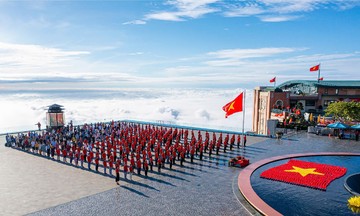 |
From the bustling streets of Hong Kong to the white-sand beaches of the Bahamas, many destinations face increasing pressure from tourism.
A July report by Go2Africa analyzed data to calculate the overcrowding levels in some of the world's most popular tourist spots. To determine the list, Go2Africa gathered official tourism figures from national tourism bodies and reports. These figures were compared against population data for the same year, allowing them to compare the ratio of visitors to residents at each location. Photo: World Nomads
 |
Vatican City, the world's smallest country with an area of 0.44 km2 and a population of 882, is a popular pilgrimage and cultural destination. It attracts 6.8 million visitors annually, equivalent to 7,700 tourists per resident, topping the list of overcrowded destinations. Tourists flock to see St. Peter's Basilica and the Vatican Museums, with visitor numbers reaching up to 25,000 daily. Many complain on Tripadvisor about being "pushed through" the museum like a money-making machine, with little chance to quietly admire the masterpieces. Photo: Dreamstime
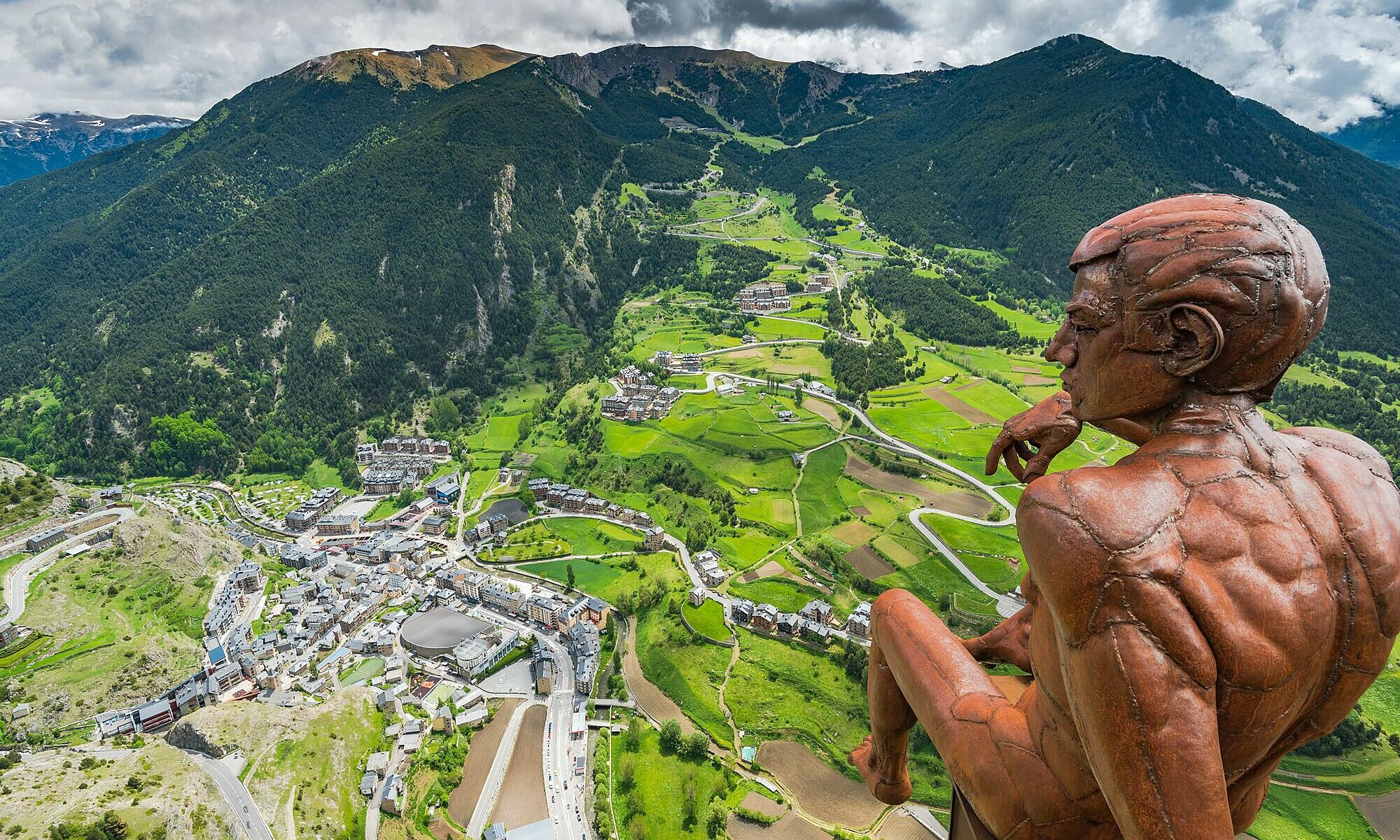 |
Andorra, a small country nestled between France and Spain with an area of 468 km2, ranks second on the list. With a population of around 85,000, it welcomes 9.6 million visitors each year, a ratio of 118 tourists per resident. Known for its high-end ski resorts and duty-free shopping, Andorra also attracts visitors with the stunning scenery of the Pyrenees mountains, with peaks over 2,000 m, deep valleys, and winding rivers. Its attractive tax policies and tourism-focused economy also draw many foreigners. Photo: Planet of Hotels
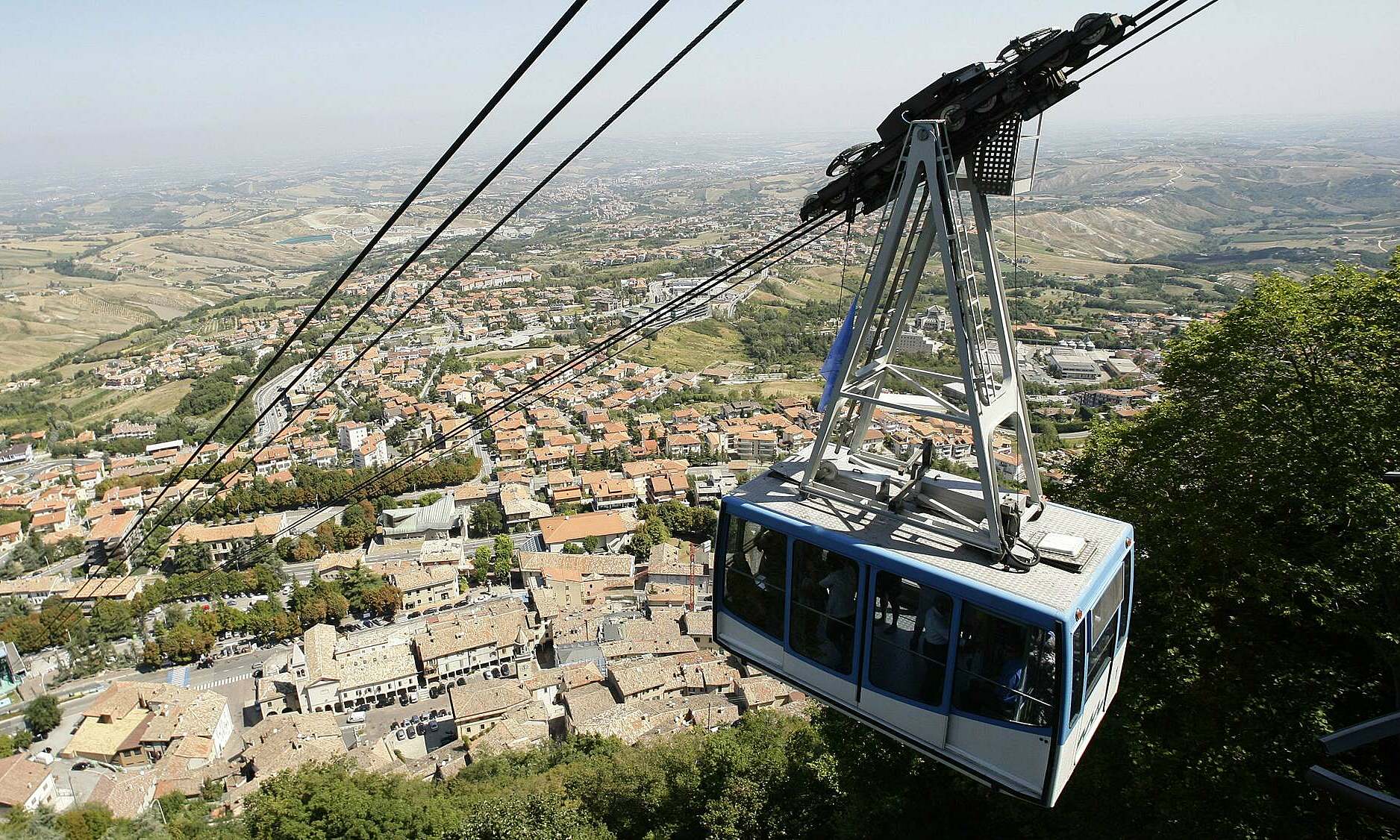 |
San Marino, a Southern European country surrounded by Italy, ranks third with two million annual visitors compared to its population of 33,600, a ratio of 60 tourists per resident. The world's oldest republic, dating back to 301, San Marino is a UNESCO World Heritage Site. Its capital, also named San Marino, is situated on the slopes of Monte Titano and is famous for its medieval old town, narrow cobblestone streets, and three hilltop fortresses. Tourists are drawn to the scenery, cuisine, and architecture. Despite the high tourist-to-local ratio, San Marino remains one of the least-visited countries in Europe. Photo: Quartz
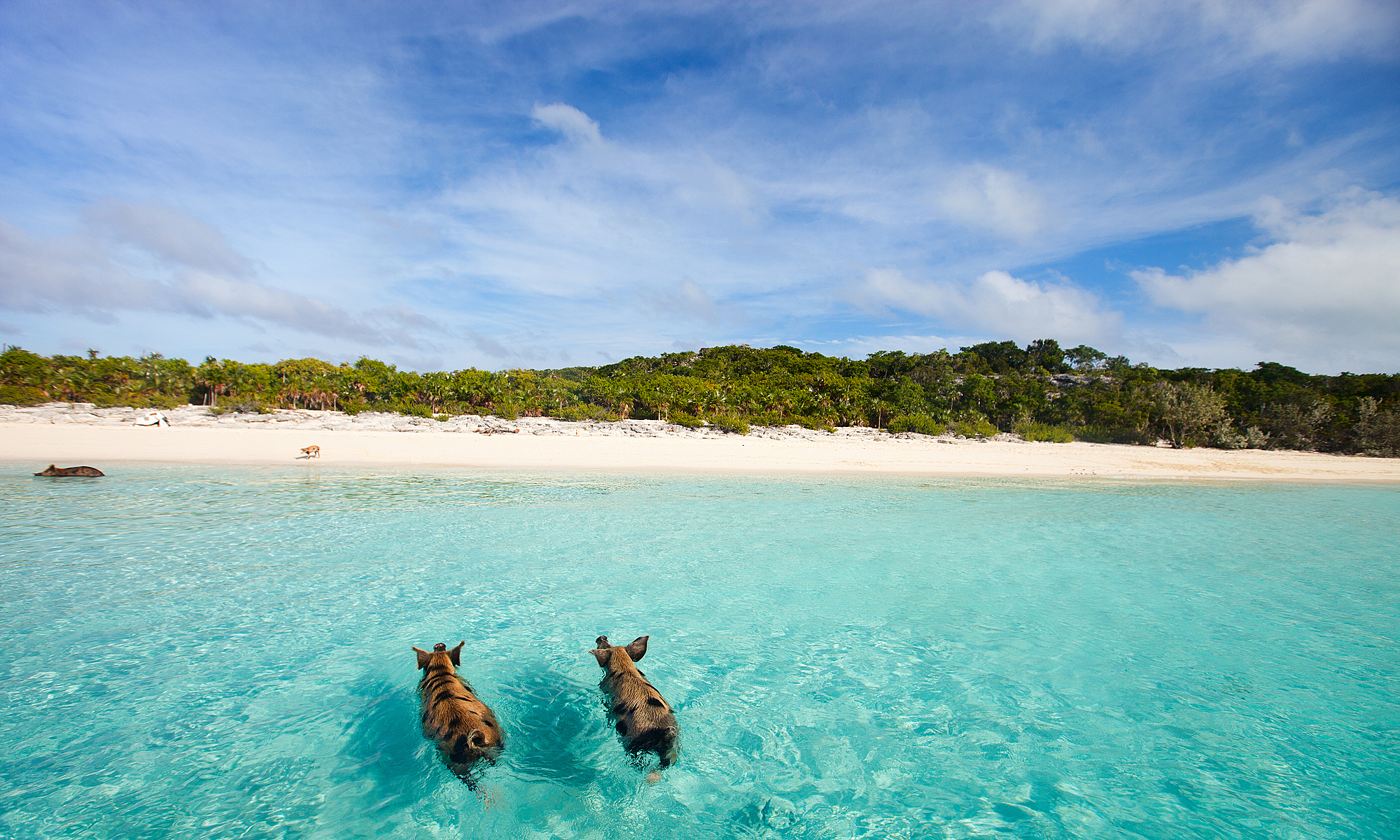 |
The Bahamas, with a population of over 401,000, welcomes 11.2 million visitors annually, a ratio of about 28 tourists per resident, placing it fourth on the list. Its white-sand beaches and turquoise waters have attracted tourists for generations, but large resort developments raise environmental concerns. Environmental activists warn these projects threaten the Bahamas' fragile ecosystem, including mangrove and coral destruction and impacts on wildlife. The Bahamas also suffers from pollution from cruise ships and chemical sunscreens, exacerbating environmental degradation despite sustainability pledges from tourism companies. Photo: Bahamas Reatly
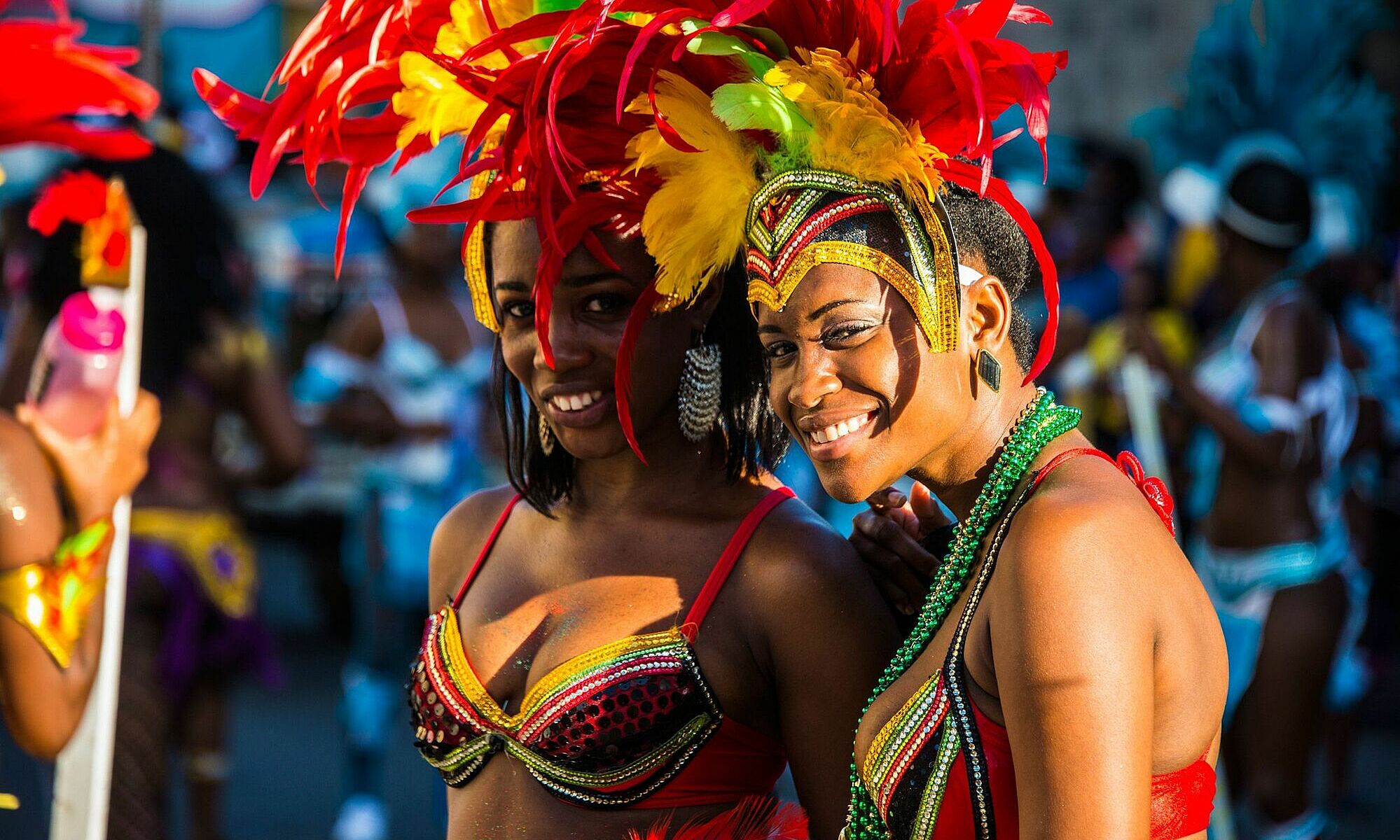 |
Saint Kitts and Nevis, with a population of nearly 47,000, welcomes around 875,000 visitors each year, a ratio of 19 tourists per resident. Most visitors arrive on cruise ships, flooding the capital Basseterre, causing traffic congestion and straining local services. The current fee for cruise ship visitors is around 6 USD per person, much lower than destinations like Amsterdam (12 USD) or the Bahamas. However, unlike Venice, Saint Kitts and Nevis has not yet implemented higher fees on peak days or fines for visitors who disregard regulations. Photo: One World
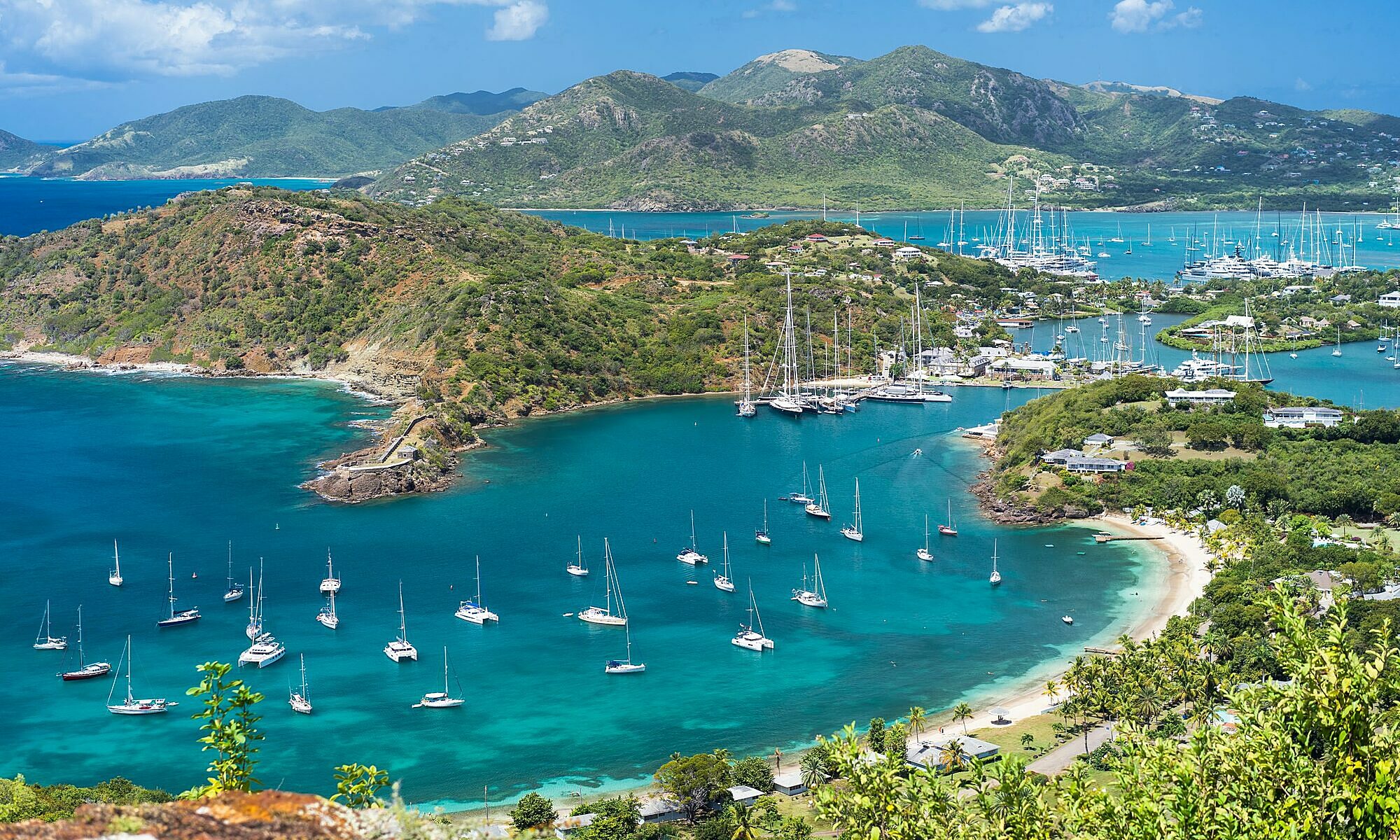 |
Antigua and Barbuda: This Caribbean nation, with a population of nearly 94,000, welcomes over 1.1 million visitors annually – a ratio of about 12 tourists per resident. Famous for its 365 beaches, it offers a different beach for every day of the year. Photo: Glamof NY
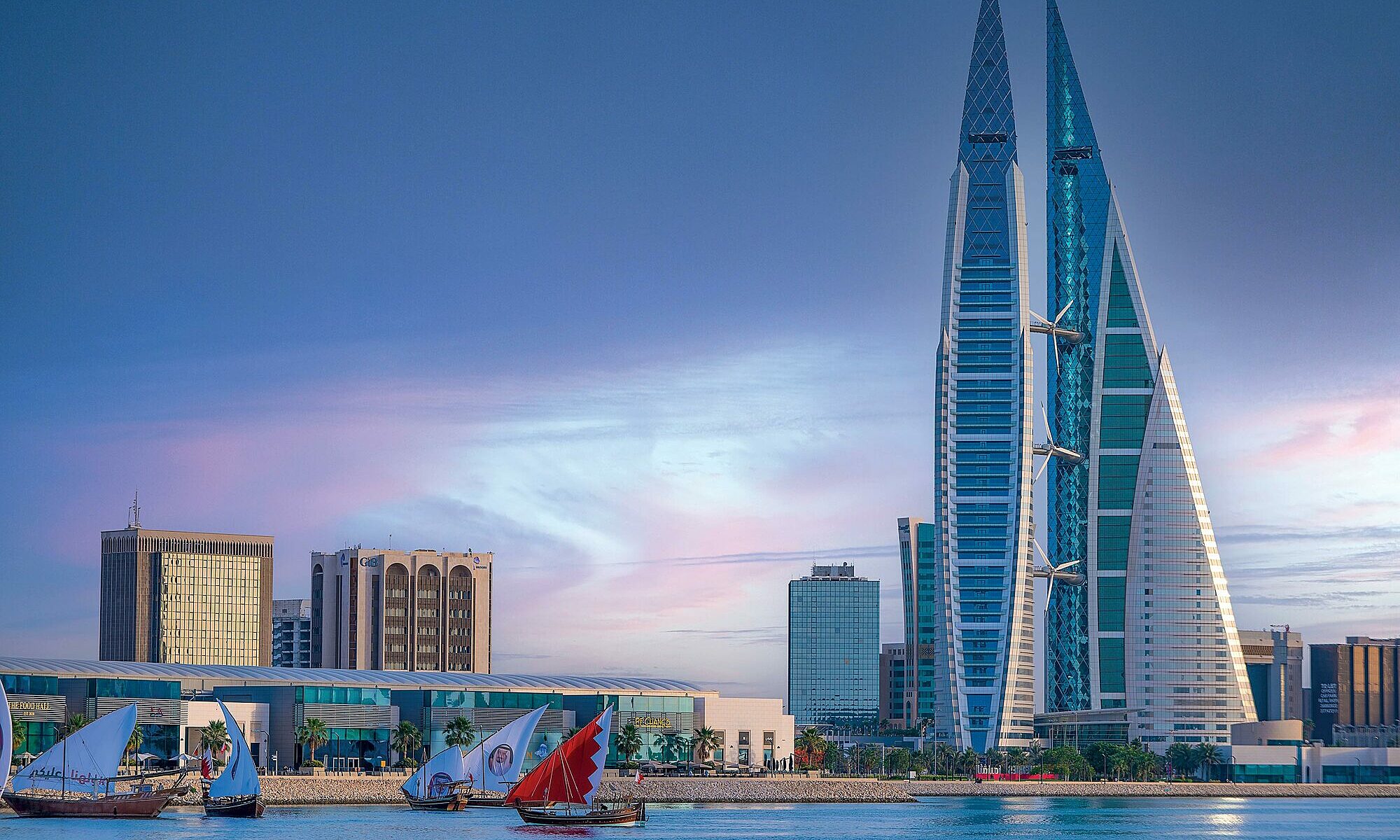 |
Bahrain: This Gulf nation, with a population of around 1.6 million, welcomes nearly 15 million visitors each year – a ratio of 9 tourists per resident. The country combines the ancient history of the Dilmun empire and the pearling industry with the modernity of the Formula 1 Grand Prix. Art, diverse cuisine in Manama, and activities on the surrounding blue waters attract tourists. Photo: WTFI
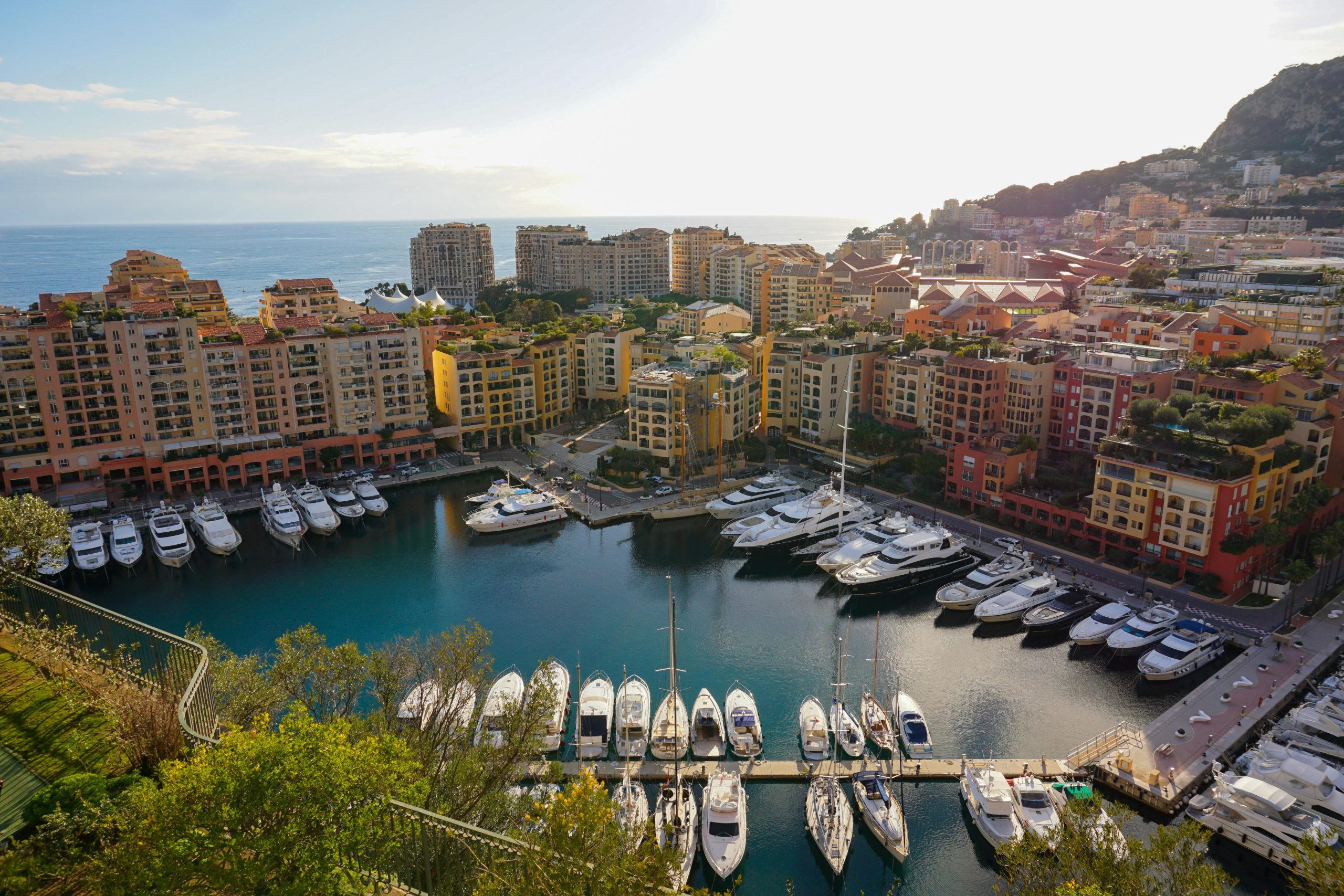 |
Monaco: With a population of nearly 39,000, Monaco welcomes around 340,000 visitors annually, equivalent to 9 tourists per resident. According to Monaco Voice, the country maintains tranquility by focusing on high-end tourism, attracting wealthy visitors to its casinos, yacht harbors, and Mediterranean coastline while limiting large cruise ships with strict regulations on size (under 250 m) and maximum passenger numbers (1,250). Photo: Pexels
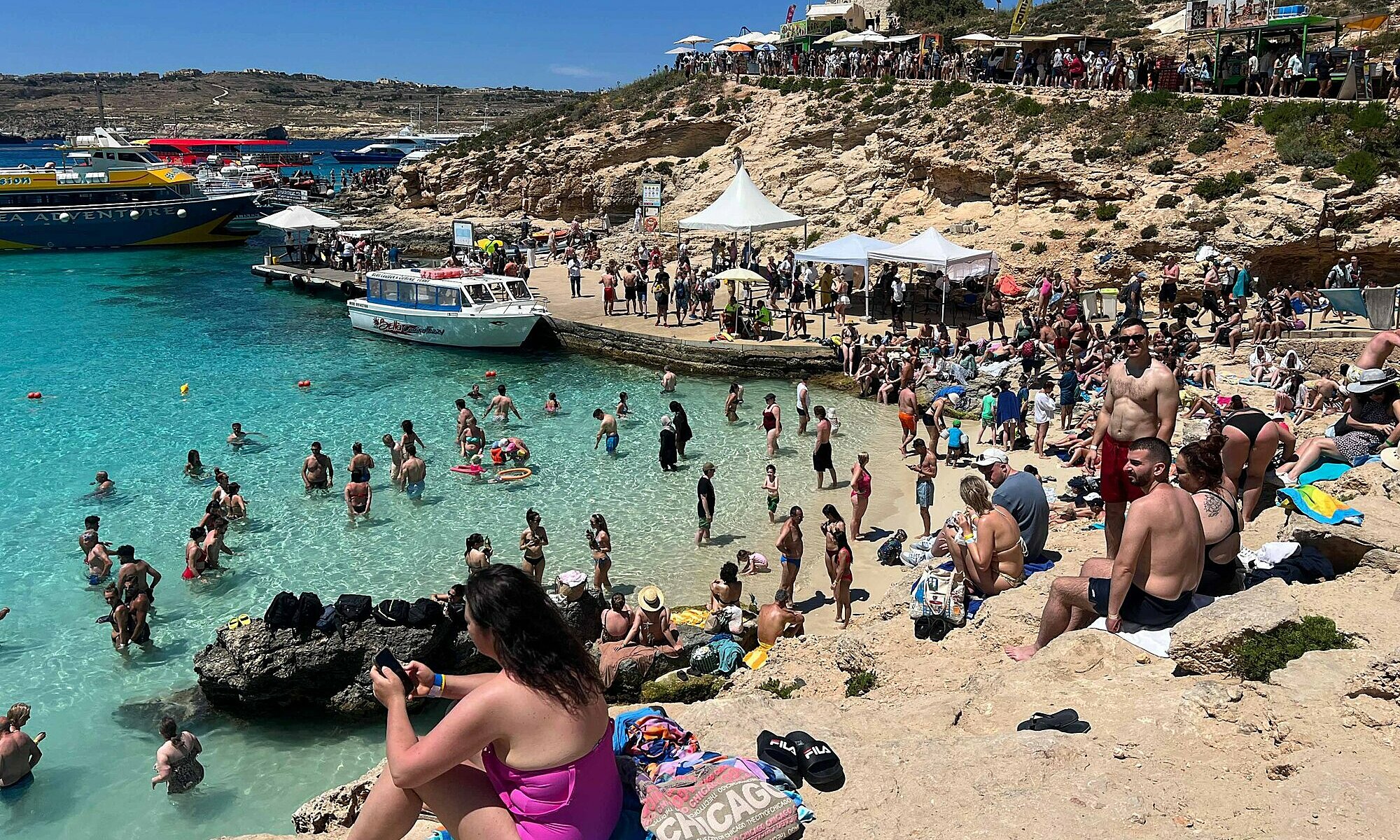 |
Malta: Ninth on the list is Malta, with over 3.5 million annual visitors compared to a population of 560,000 – a ratio of 6.3 tourists per resident. Located between Sicily and North Africa, Malta is renowned for its sunny beaches, ancient ruins, and vibrant Mediterranean culture. However, according to Forbes, the surge in tourist numbers, especially at the Blue Lagoon on the island of Comino, is causing significant strain. With over 10,000 visitors daily during peak season, the area faces pollution, waste, and environmental degradation, raising concerns among residents and environmentalists about an "environmental collapse." Photo: Newsbook
 |
Hong Kong: With a population of around 7.4 million, Hong Kong receives over 44 million visitors annually, a tourist-to-resident ratio of 6:1. The city attracts visitors with its blend of modern and traditional culture, but the trend of "check-in tourism" is causing overcrowding in non-traditional tourist areas, disturbing local residents. While tourism brings economic benefits, the focus on photo opportunities rather than in-depth cultural experiences can strain infrastructure and safety. For example, locations like the former police station in Yau Ma Tei have become social media hotspots, leading to potential overcrowding and raising concerns that Hong Kong could face similar issues as Barcelona, where residents have protested against mass tourism. Photo: SCMP
Hoai Anh (According to Forbes)












